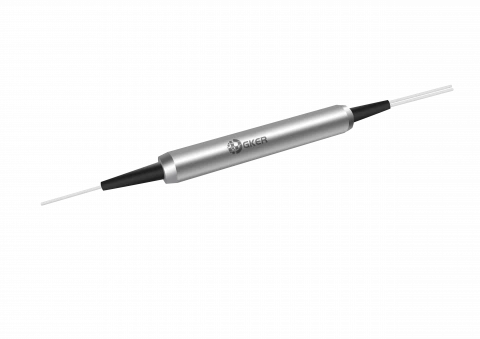Description
The GK-PMFWDM Series from GKER Photonics represents the pinnacle of advanced optical multiplexing technology, specifically designed to cater to high-performance, high-speed wavelength division multiplexing (WDM) systems. This series leverages state-of-the-art thin-film filter technology to offer a reliable solution for combining or separating light at distinct wavelengths while meticulously maintaining the polarization state of the optical signals.
Crafted with a focus on durability and precision, these multiplexers exhibit exceptional performance characteristics including extremely low insertion loss, which is typically around 0.6 dB and can reach a maximum of 0.8 dB. This low insertion loss ensures minimal signal degradation and optimal efficiency in transmission. The devices are engineered to deliver high isolation, with typical values around 30 dB and a minimum of 25 dB, effectively minimizing signal crosstalk and ensuring clear, uninterrupted data channels.
In addition to their excellent isolation and insertion loss metrics, the GK-PMFWDM Series provides superior return loss, with a minimum value of 50 dB, which is crucial for preventing signal reflections that can adversely affect performance. The polarization-dependent loss is remarkably low at a typical value of 0.005 dB, preserving the quality and integrity of the transmitted signal across varying polarization states.
These multiplexers are built to handle high optical power levels, with a continuous wave power rating of up to 300 mW. They also offer excellent thermal stability, functioning reliably across a wide temperature range from -5°C to +70°C. The high tensile load capacity of 5 N further enhances their durability in various installation environments. The series supports a range of fiber types and provides flexibility in connector and fiber jacket options, making it an adaptable choice for diverse optical applications, including telecommunications networks, high-speed WDM systems, and sophisticated fiber optical instruments.
With their advanced design and robust performance characteristics, the GK-PMFWDM Series ensures that your optical systems operate at peak efficiency and reliability, even in the most demanding conditions.
2um Polarization Maintaining Filter Wavelength Division Multiplexer
Specifications
| Operating Wavelength: | 1950 nm |
|---|---|
| Operating Bandwidth: | Not Specified |
| Isolation (min): | 25 dB |
| Max Power Handling: | 300 W |
| Polarization Maintaining: | Yes |
| Pass Band Wavelength Range: | 1950 - 2050 nm |
| Typ. Insertion Loss: | 0.6 dB |
| Storage Temperature: | - 40 to + 85 ℃ |
| Max. Insertion Loss: | 0.8 dB |
| Typ. Isolation: | 30 dB |
| Min. Isolation: | 25 dB |
| Reflection Band Wavelength Range: | 1560 - 1580 nm |
| Typ. Insertion Loss: | 0.6 dB |
| Max. Insertion Loss: | 0.8 - 1.3 dB |
| Typ. Isolation: | 15 dB |
| Min. Isolation: | 12 dB |
| Min. Return Loss: | 50 dB |
| Min. Extinction Ratio: | 20 dB |
| Thermal Stability: | 0.005 dB/℃ |
| Max. Optical Power (Continuous Wave): | 300 mW |
| Max. Tensile Load: | 5 N |
| Fiber Type: | PM 1550 Fiber (all ports) PM 1550 Fiber for reflect port and or PM 1950 Fiber (all ports) PM 1950 Fiber for common & pass portSMF-28 for R, PM 1550 for C & P - |
| Operating Temperature: | -5 to +70 ℃ |
Features
- Low Insertion Loss: Typical loss of 0.6 dB and maximum loss of 0.8 dB ensures efficient signal transmission
- High Isolation: Typical isolation of 30 dB and minimum isolation of 25 dB reduce signal crosstalk and interference
- Low Polarization Dependent Loss: Maintains signal integrity with a typical polarization dependent loss of 0.005 dB
- High Return Loss: Provides a minimum return loss of 50 dB, preventing signal reflections that could affect performance
- Broad Wavelength Range: Operates over a pass band of 1950 - 2050 nm and a reflection band of 1560 - 1580 nm
- High Power Handling: Capable of withstanding up to 300 mW of continuous wave optical power
- Excellent Thermal Stability: Designed to function reliably within an operating temperature range of -5°C to +70°C
- Robust Construction: Withstands a maximum tensile load of 5 N, ensuring durability in various environments
Applications
- High-Speed Wavelength Division Multiplexing (WDM) Systems: Ideal for integrating multiple wavelengths into a single optical fiber
- Telecommunications Networks: Enhances signal routing and channel separation in dense wavelength division multiplexing (DWDM) systems
- Fiber Optical Instruments: Used in optical test equipment and measurement systems requiring precise wavelength management
Frequently Asked Questions
What is the wavelength range for the GK-PMFWDM Series?
What is the typical insertion loss of the device?
What is the maximum insertion loss?
What is the typical isolation provided?
What is the minimum isolation provided?
What is the minimum return loss for this multiplexer?
What is the typical polarization dependent loss?
What is the maximum optical power handling capability?
What are the operating temperature ranges?
What is the maximum tensile load the device can withstand?
Similar Products
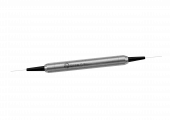
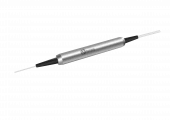
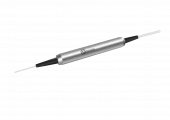

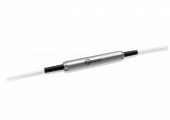


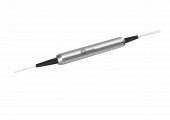
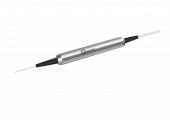
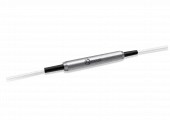
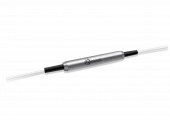

Your inquiry has been received.
Create an account by adding a password
Why create an account?
- Auto-complete inquiry forms
- View and manage all your past messages
- Save products to your favorites
- Close your account anytime — no hassle
